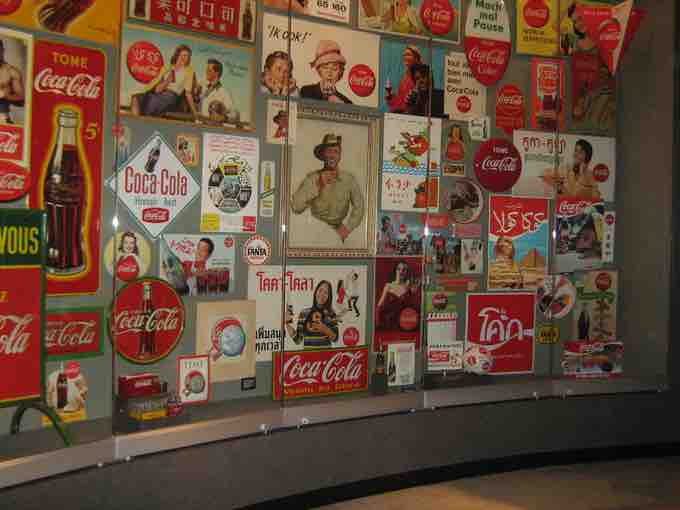Product differentiation (or simply differentiation) is the process of distinguishing a product or service from others, to make it more attractive to a particular target market. This involves differentiating it from competitors' products as well as a firm's own products. In economics, successful product differentiation is inconsistent with the conditions for perfect competition, which include the requirement that the products of competing firms should be perfect substitutes.
Differentiation is due to buyers perceiving a difference; hence, causes of differentiation may be functional aspects of the product or service, how it is distributed and marketed, or who buys it. The major sources of product differentiation are as follows:
- Differences in quality which are usually accompanied by differences in price
- Differences in functional features or design
- Ignorance on the part of buyers regarding the essential characteristics and qualities of goods they are purchasing
- Sales promotion activities of sellers and, in particular, advertising
- Differences in availability (e.g. timing and location).
The objective of differentiation is to develop a position that potential customers see as unique. This primarily affects performance through reducing competition: As the product becomes more differentiated, categorization becomes more difficult and hence draws fewer comparisons with its competition. A successful product differentiation strategy will move a product from competing based primarily on price to competing on non-price factors (such as product characteristics, distribution strategy, or promotional variables).
Product Differentiation and Oligopolies
While some oligopoly industries make standardized products - tools, copper, and steep pipes, for example - others make differentiated products: cars, cigarettes, soda, and cell phone manufacturers. Product differentiation is not necessary for the existence of an oligopoly, but if a firm can successfully engage in product differentiation it can more easily gain market power and dominate at least part of the industry.
For example, the soft drink industry in the US is an oligopoly dominated by the Coca-Cola Company, the Dr. Pepper Snapple Group, and PepsiCo. These companies are able to differentiate their products (e.g. by taste), and are therefore able to gain market power .

Advertising for Product Differentiation
Some companies are able to use marketing to achieve product differentiation, encouraging the formation of oligopolies.